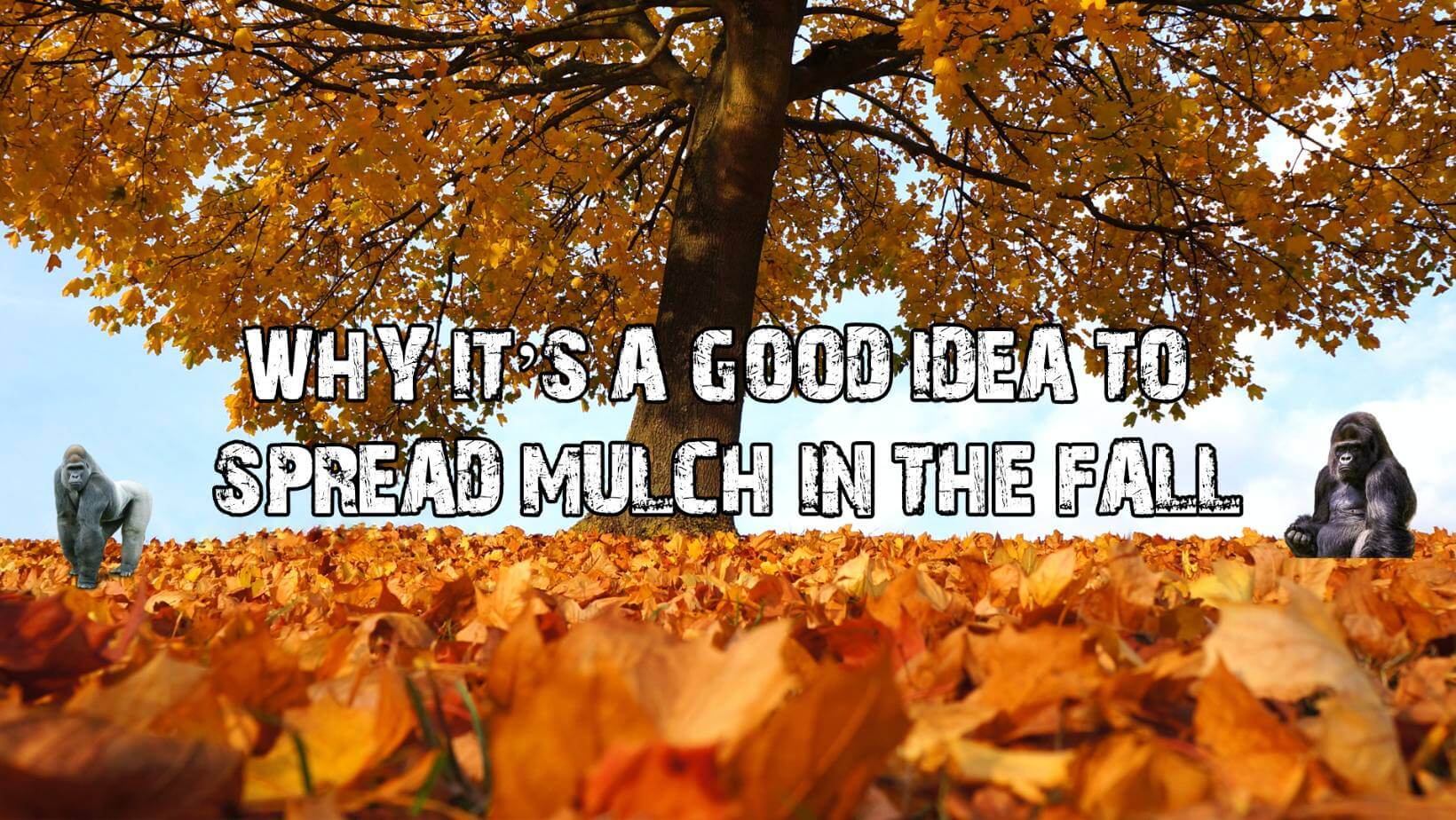
Mulching Doesn’t Stop after Summer:
Applying fall mulch often comes to mind for gardeners when they consider the extra layer that shields plants in chilly climates from the effects of a harsh Winter. However, you can apply Fall mulch in the same way you do in Spring, by applying enough to replenish what has decomposed. Mulching in the fall is a common technique among landscapers, who also favor it. Similar to Spring mulch, Fall mulch helps to keep soil moist, control weed development, and prevent erosion by covering bare soil. But it also achieves the following additional goals:
Mulch in the fall insulates the soil, warming it up for the soil food web, which includes earthworms and microbes. Warm soil encourages these organisms to remain active later during the Winter, which benefits your soil. Plant roots are insulated by fall litter. However, in many places, soil cycles through freezing and thawing throughout the whole Winter. In the harshest climates, earth may eventually freeze solid in the middle of Winter. Plant roots and anything else in the top few inches of soil are stressed by those freeze-thaw cycles. Mulch reduces temperature fluctuations.
4 Reasons to Practice Fall Mulching:
1. Mulch now to avoid springtime work. Every gardener is aware that Spring is the busiest season, and late Fall usually means fewer tasks to complete in the garden. Mulching in the Fall frees up time in Spring.
2. A hefty task like mulching is more enjoyable to complete in cooler temperatures.
When the ambient temperature is in the 50-degree Fahrenheit range, you sweat less.
3. Perennials can be cut back for the Winter, leaving a clear bed surface that makes mulching simple.
Emerging seedlings, perennial shoots, and bulbs cannot be avoided. The added benefit is that by removing perennial stems in the Fall, you can cross that task off your Spring to-do list.
4. Before the Winter cold puts a stop to your outdoor gardening season, Fall mulching gives you one more opportunity to enjoy the outdoors.
The Dos and Don’ts of Fall Mulching:
Do – Pick mulch that traps air. Warmth and insulation are provided by trapped air.
Shredded bark, weed-free straw, and shredded leaves are also good options.
Don’t – Spread mulch too soon in the Fall. Wait to prune perennials until after the first hard freeze.
Do – Make an effort to spread a 3-inch layer of mulch.
Don’t – Place mulch over perennial plant crowns (the growing points).
Do – Pick the appropriate mulch for the job, such as formal, aesthetically pleasing mulch like shredded bark for yard beds, or pine straw for plants that thrive in acidic environments, such as azalea, rhododendron, holly, camellia, hydrangea, and fothergilla.
Remember, all APE mulch is recycled and has slow release nutrients for your plants to thrive! We also have Carolina sourced pine straw. Whether you do your mulching during Spring, Summer, Fall, or even Winter: Know that the APE fleet is standing by ready to haul bulk mulch orders to your project. On Time. On Budget. No Excuses.
